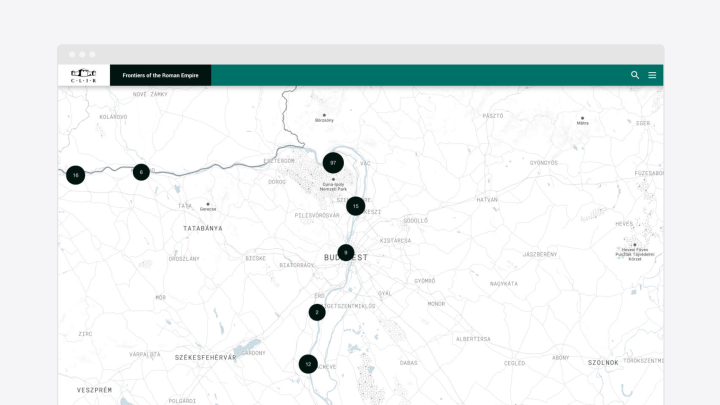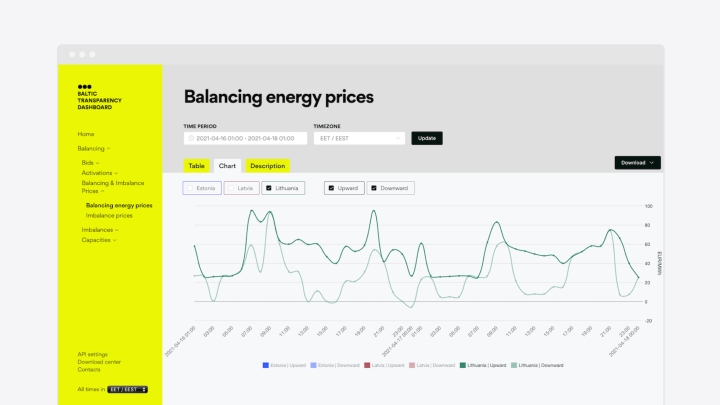64,000 Sites. 1.3 Million Files. 6.8 Million Search Terms In One Digital Archaeological Portal
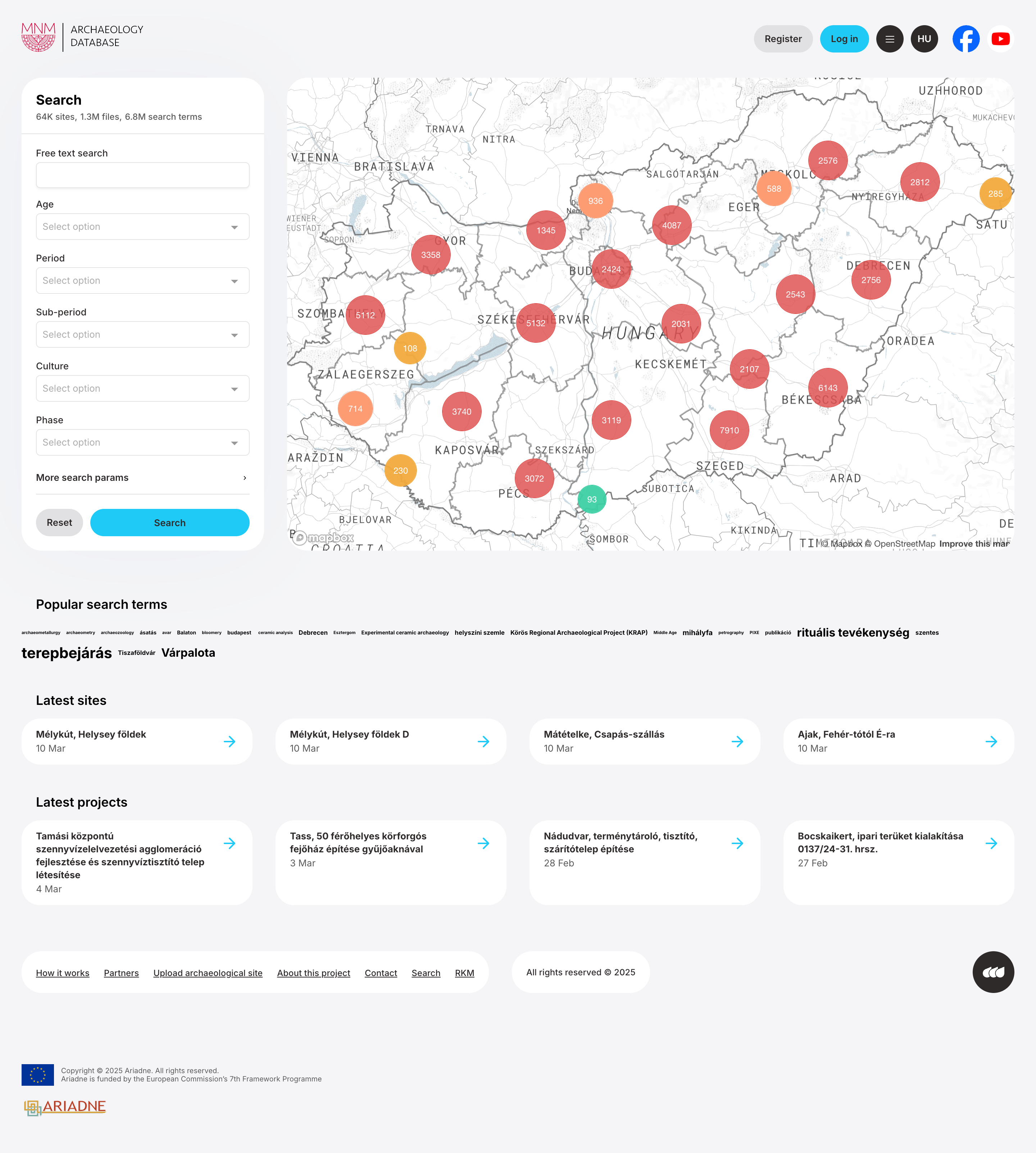
The aim of the Archaeology Database of the Hungarian National Museum is to support research, education and learning in order to provide access to otherwise scattered archaeological data through a unified system
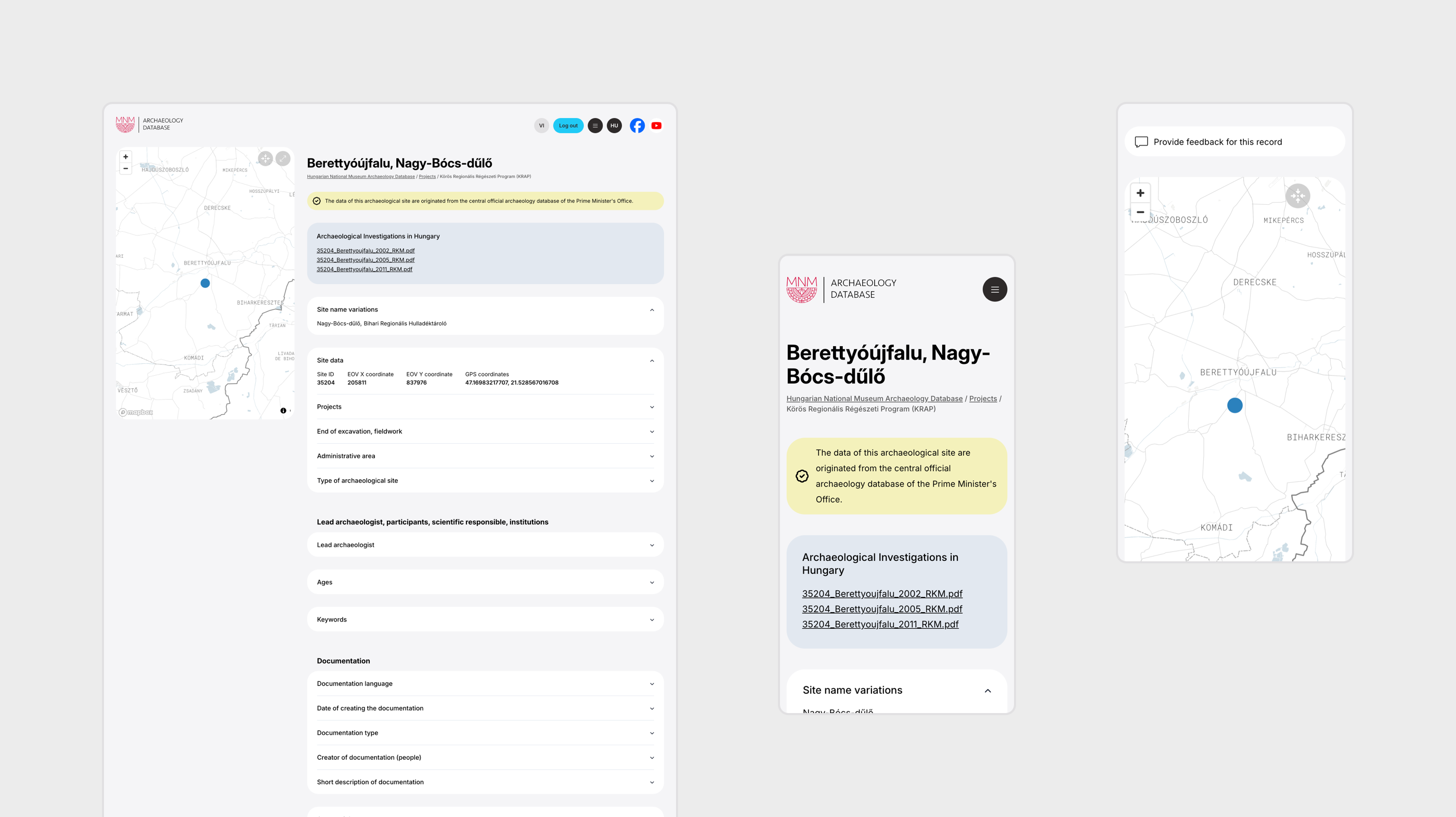
Challenge
Redesign and further development of a complex system used on a daily basis
The Archaeological Database of the Hungarian National Museum is the country’s first public archaeological database. It was developed in 2016 and has remained one of our team’s flagship projects ever since, which we continue to maintain and improve.
While we implemented several smaller developments over the years, by 2024 a complete visual overhaul of the site became necessary. This included the creation of a user-friendly, easy-to-navigate upload and editing interface—capable of managing a wide range of user permissions and large volumes of data, while still offering a clear and intuitive workflow even for users less familiar with the system’s inner workings.
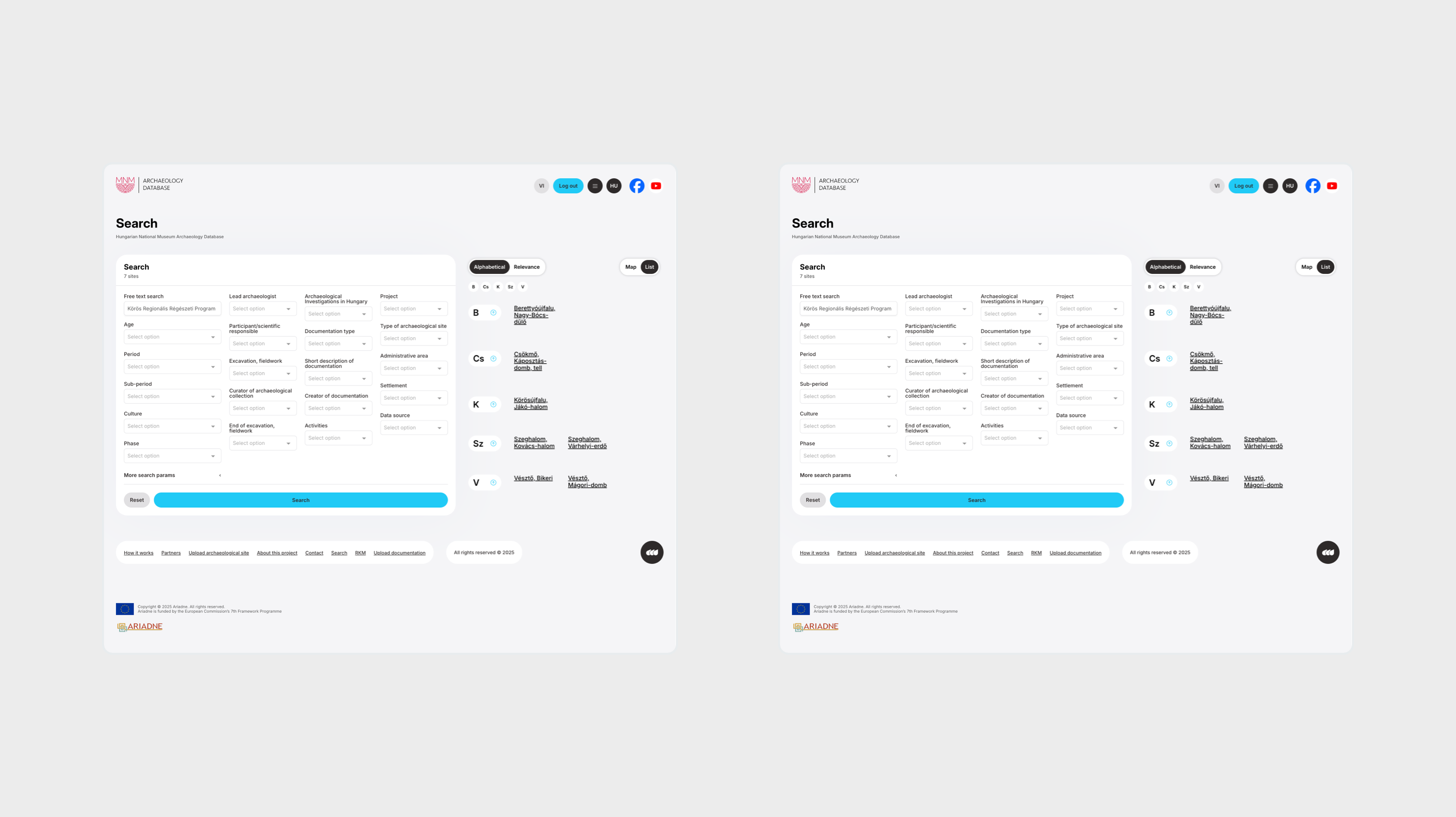
Solution
Expanding data upload and access to a broader audience
The portal contains approximately 64,000 archaeological sites, 1.3 million files, and 6.8 million searchable terms, all of which are also displayed on an interactive map. In addition to basic information, the database provides access to detailed documentation—such as excavation reports and artifact analyses. The system allows for multi-criteria searches, with access governed by user permission levels. The Drupal-based platform is capable of managing several terabytes of data and also contributes to the shared European infrastructure. Redesigning and upgrading such a complex system requires careful planning, close collaboration across various roles, and continuous communication.
The goal of the visual renewal was to modernize the interface and improve the user experience for all user roles. This was accompanied by the integration of a new upload and editing workflow, which enables a broader group of users to submit archaeological documentation in a secure and controlled environment. As a result, even more data becomes accessible and searchable in a structured, transparent way.
One of the greatest challenges of the development was adapting the system’s complex data structures, large data volumes, and diverse permission levels and approval processes to fit smoothly into a platform already in daily use.
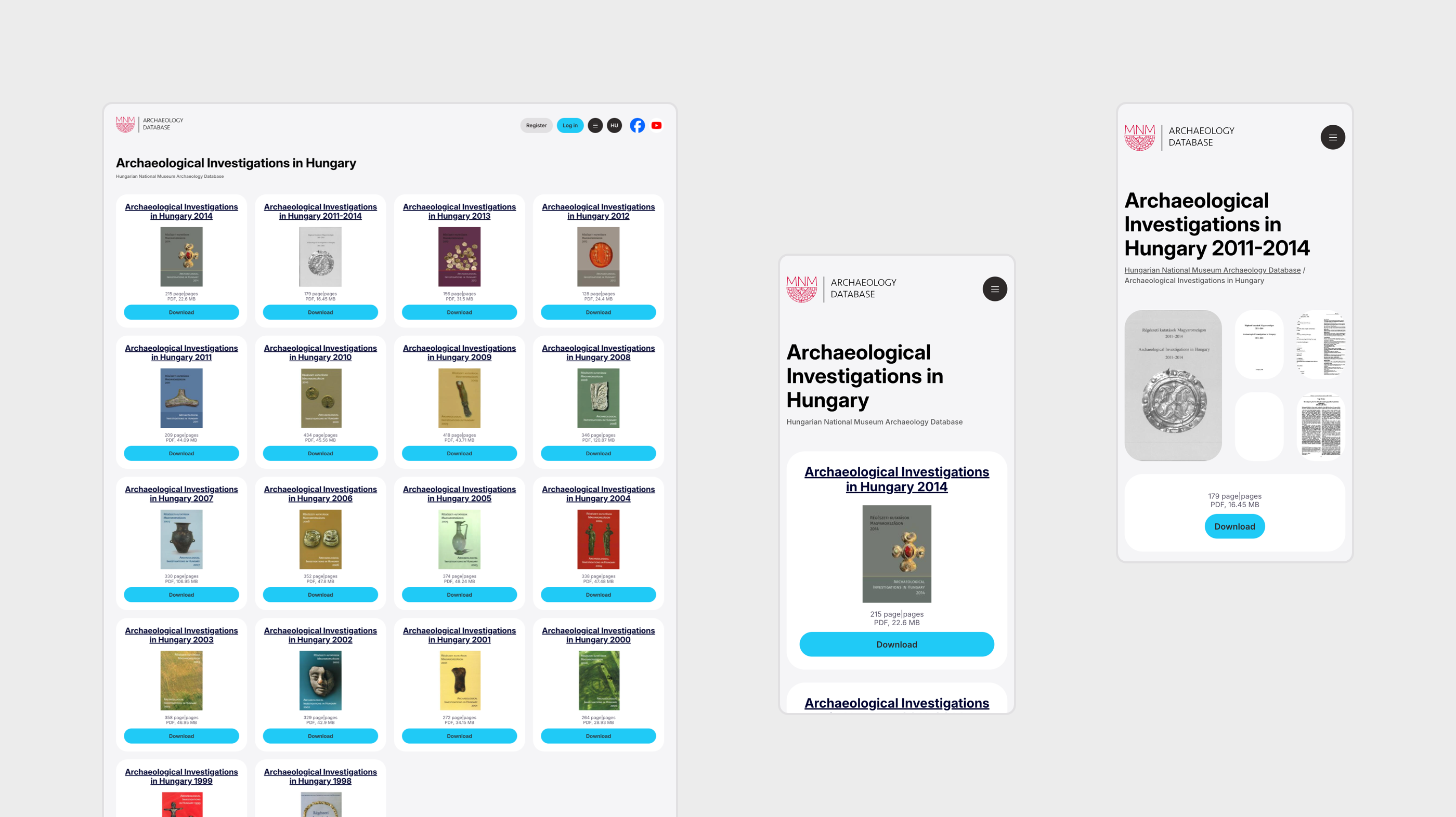
Our Contribution
Website Development • Website Design • Database Integration • Contant Management • Wokflow Management • Support & Maintenance • Project Management
